- News
- Reviews
- Bikes
- Accessories
- Accessories - misc
- Computer mounts
- Bags
- Bar ends
- Bike bags & cases
- Bottle cages
- Bottles
- Cameras
- Car racks
- Child seats
- Computers
- Glasses
- GPS units
- Helmets
- Lights - front
- Lights - rear
- Lights - sets
- Locks
- Mirrors
- Mudguards
- Racks
- Pumps & CO2 inflators
- Puncture kits
- Reflectives
- Smart watches
- Stands and racks
- Trailers
- Clothing
- Components
- Bar tape & grips
- Bottom brackets
- Brake & gear cables
- Brake & STI levers
- Brake pads & spares
- Brakes
- Cassettes & freewheels
- Chains
- Chainsets & chainrings
- Derailleurs - front
- Derailleurs - rear
- Forks
- Gear levers & shifters
- Groupsets
- Handlebars & extensions
- Headsets
- Hubs
- Inner tubes
- Pedals
- Quick releases & skewers
- Saddles
- Seatposts
- Stems
- Wheels
- Tyres
- Health, fitness and nutrition
- Tools and workshop
- Miscellaneous
- Buyers Guides
- Features
- Forum
- Recommends
- Podcast
TECH NEWS
 2023 April 8 Tech of the Week - 1
2023 April 8 Tech of the Week - 1WTF? Check out Shimano’s system for moving your cleats automatically as you ride – plus top tech news from Trek, Oakley, MyWhoosh, Komoot, and more
The bike tech world is really hotting up as the year progresses and we have loads of new equipment to show you, including eyewear from Oakley, helmets from Trek, and even a waterproof dry robe, believe it or not, but we’re starting with the most unexpected invention from Shimano that we’ve seen in ages…
Shimano WTF? Component giant plans cleats that move automatically as you ride
Could Shimano be about to introduce technology that automatically moves your cleats on your shoes as you ride to take account of factors like your speed, the power you’re putting out, and the terrain you’re riding?
You’re sceptical? Understandable, but this isn’t a week-late April fools’ joke. Shimano has just been granted a patent (US 11,618,530 B1, if you’re brave enough to tackle it yourself; arm yourself with a coffee) for a cleat adapter system that attaches to your shoe and moves the cleat according to input from various sensors. This isn’t a tool designed for a bike fit studio, it’s intended for use out there in the wild.
“The cleat adapter system connects a cleat to a sole of a cycling shoe… [and] allows the position of the cleat to be adjusted on the sole,” says Shimano.
Told you.
“The cleat adapter system basically comprises a first connecting portion, a second connecting portion, an actuator, a communicator and a controller,” says Shimano.
Okay, stick with it for a sec.
The first connecting portion is connected to the cleat and the second connecting portion is connected to the shoe.
The actuator adjusts the relative position of the first and second connecting portions, the communicator is configured to receive info from sensors relating to the bike or rider, and “the controller is configured to control the actuator to adjust the relative position based on at least one of the bicycle information and the user information”.
Geddit? All you really need to know is that the cleat can move automatically as a result of information received from various sensors.
What type of sensors would they be?
The cycling shoe itself is provided with one or more sensors “for providing the user information of the rider”. Temperature, humidity and pressure on the insole can all be detected.
Beyond that, the rider’s fitness monitor – a smartwatch that can measure heart rate, body temperature, blood oxygen concentration and blood lactate level – can wirelessly send data to the shoes. Bike sensors can send details like speed, cadence, power and GPS data.
The controller is configured to determine a target position for the cleat based on the data it receives.
“The target position [of the cleat] can be adjusted based on a formula such as the lateral target position is adjusted 2mm for each increase or decrease of 20W of pedalling input power once the forward speed is over 20km/h and the pedalling input power is greater than 200 W,” says Shimano.
That’s just one example. The cleat position could also automatically move forward as pedalling force or cadence increases and back when it decreases, or it could move to a predetermined position determined by GPS coordinates.
Shimano says, “In particular, the target position can be different for paved roads, unpaved roads, and off road.”
Shimano suggests that the cleat could move forwards from its initial position by up to 10mm in certain circumstances, and backwards from that initial position by the same amount in other circumstances, so we’re talking about 20mm of fore/aft movement here.
Obvious question; what’s the benefit? Is this just a solution looking for a problem? Shimano doesn’t explain; the patent tackles the how not the why. We can only speculate that it feels certain foot positions are better in particular circumstances.
We know what you’re thinking: stack height, weight, potential damage… stuff like that, right? Well, the existence of a patent doesn’t imply that a finished product is inevitable but we’ll certainly be interested to see if and how this one develops.
New Oakley drop includes glasses, helmets and clothing
Oakley has dropped a whole new Bike Collection that includes Encoder Strike Vented glasses, along with helmets, clothing, footwear, and accessories.
“Encoder Strike (£210) features a lens shape enabled by PhysioMorphic Geometry, an industry-disrupting design methodology first introduced in 2021 with Oakley Kato,” says Oakley.
> Read our review of the Oakley Kato sunglasses
“PhysioMorphic Geometry allows for a lens design with an extended wrap and rigidity in key areas that mimic the structural properties of a frame. The shape of Encoder Strike’s extended wrap lens is inspired by one of Oakley’s heritage frames, Razor Blades. The sunglass is available with Prizm Lens Technology, which dramatically enhances detail to provide ultra-precise colour tuning designed for a variety of biking environments.”
Stay tuned for a review of the Oakley Encoder Strike Vented glasses on road.cc soon.
The 2023 Road Cycling Collection includes three helmets, including the aero ARO5 Race (£170), the ARO3 Endurance (£110, pictured) which is designed for everything from commuting to weekend rides, and the ARO3 Allroad (£127) that’s for gravel and has a tiny peak. All feature Mips safety systems.
> All you need to know about MIPS
The most eye-catching item of clothing is the Endurance Dazzle Camo Jersey (£128, left) while the Endurance Mix Jersey (£114, right) is a whole lot more conservative.
Trek’s updated Ballista and Velocis helmets “provide an unprecedented advantage”
Trek has launched new generation Ballista and Velocis helmets today that are said to have been designed with the Trek-Segafredo race team “to provide riders with an unprecedented advantage”. Previous versions were branded as Bontrager but Trek is now transitioning helmets to its own name.
The Trek Ballista MIPS (£229.99) is billed as the fastest helmet in Trek’s lineup in terms of aerodynamics.
> Check out the best lightweight road cycling helmets for 2023
“The aerodynamic efficiency of Ballista provides a 5.4-watt power saving versus the prior generation Ballista and a 10.1-watt power savings versus the new Velocis (below) based on a standard hour test at 45km/h (28mph),” says Trek. “This translates to a 17-second advantage versus the old Ballista and 32-second advantage versus the new Velocis assuming a standard hour test at 300 watts."
The European version of the Trek Ballista MIPS (helmet manufacturers often make different versions to comply with differing safety standards) is said to weigh 255g.
The Trek Velocis Mips (also £229.99, below) has more venting and is designed to be versatile enough “to meet the everyday training and racing needs of Trek-Segafredo”.
“A redesigned ventilation system improves cooling by 38% and structural aerodynamic improvements make this Velocis faster than its predecessors,” says Trek. “This helmet sets the standard for podium-topping performance and is the ideal choice for riders who demand a lightweight, airy helmet that's more than capable in a breakaway or sprint finish.”
The Velocis is the lightest helmet in Trek’s lineup, the European version hitting the scales at a claimed 235g.
MyWhoosh announces NINE new virtual routes
Free-to-use virtual cycling platform MyWhoosh has announced the extension of its Australia and Colombia worlds, which will launch in-app next week. This takes the total length of MyWhoosh’s virtual roads to 983km (611 miles).
“Four new Australian routes will be added to the MyWhoosh map, taking riders through six regions: Sydney, Cambewarra, Great Barrier Reef, Melbourne, Brisbane, and Uluru,” says MyWhoosh. “Covering over 80km [50 miles] of new road and nearly 1,000m [3,280ft] of elevation, the routes traverse diverse biomes and terrains, including dry shrublands, savannas and rainforests.”
> Check out the best indoor cycling apps
The Colombia world is gaining five new routes and expanding three others.
In addition to the new routes, MyWhoosh has also added new in-game features: voice chat, which allows you to talk to other riders, and emotes, which allow you to send reactions.
Get Tours onto your Garmin faster with Komoot's ‘Send to Device’ feature
Komoot has announced a new ‘Send to Device’ feature that allows you to start navigating Tours on your Garmin at the tap of a button; there’s now no need to browse the route list on your Garmin.
The new feature is available on Garmin smartwatches and GPS cycling computers that can run the Komoot Connect IQ app, downloadable via the Garmin Connect IQ Store.
> Check out the best cycling computers 2023
“Whether it’s an after-work ride, a trail run at the weekend or an epic multi-day hike, users that navigate with a Garmin device can stop scrolling through routes trying to find the right one,” says Komoot.
> Find out how to get started with Komoot
“From now on, all they need to do is open the Tour they want to use on the Komoot mobile app or website and click ‘Send to Device’. When users then go to the Komoot Connect IQ app on their Garmin device, the Tour will pop up, and the adventure can begin.”
If you use a use a Garmin smartwatch in Komoot’s navigation mode, ‘Send to Device’ also allows you to adjust, switch, and update your route mid-Tour without ending and restarting the current activity.
Shimano issues stop ride notice on alloy Pro Vibe stem
We’re a bit off the pace on this one because it just missed the last Tech of the Week but Shimano, owner of the Pro brand, has issued a safety warning relating to alloy versions of its Pro Vibe stem sold since May 2020 and says that continued use poses a risk of injury. If your stem has cracked in the week since Shimano published its warning... um, sorry.
Shimano says that certain batches of the alloy Pro Vibe Stem can develop cracks in particular conditions.
“Shimano is issuing a stop riding and recall notice on all Pro Vibe Stems (Alloy) sold since May 2020. The products affected by the recall are identifiable by the prominent silver ‘V’ branding on the faceplate of the stem and the forward-facing mounting bolts,” says Shimano.
“If the crack is not detected by the user in time, it could grow until a complete separation of the stem. If this happens while riding, the user could lose control of the bicycle and fall, posing a risk of injury to the user in a crash.”
Shimano has provided a complete list of affected products that you can access by clicking the link below.
Other Pro stems, including the Vibe Carbon Stem, are unaffected by this recall.
Feedback Sports updates Pro Mechanic repair stand
Feedback Sports has unveiled a new version of its Pro Mechanic repair stand – and Feedback makes some ridiculously good repair stands.
“With upgraded clamp jaws, clutch components, and mast hardware, the Pro Mechanic is more durable, more stable, easier to use, and even more reliable,” says Feedback Sports.
“Like the Pro Elite on which it’s based, the Pro Mechanic is lightweight, compact, and portable for travel. As always, our signature telescoping tripod design is stable on a uneven surfaces and suited for a range of bikes.”
> Find out all about the best bike repair stands here
It comes with a three-year warranty. Although we know that the Feedback Sports Pro Mechanic repair stand is $395, we don’t yet have a UK price.
Dryrobe launches Dryrobe Lite for triathletes and endurance athletes
Dryrobe has introduced a new Dryrobe Lite changing robe that’s aimed at triathletes and other endurance athletes – so we’re guessing that covers (thank you) cyclists who want to get out of sweaty kit at the end of events.
“Developed with high-performance eco fabrics, the Dryrobe Lite is super lightweight and easily packable in a stuff-sack that measures just 38cm (15 inches), making it the perfect changing robe for exploring remote locations, or for athletes travelling to events where luggage space is a premium,” says Dryrobe.
One of the key features is a waterproof outer, which is 100% Repreve recycled polyester. You also get a hydrophobic Polartec lining.
The downside? It’s £280.
In case you missed it earlier in the week...
- Is Trek’s new road bike really aluminium? Updated Émonda ALR features new frame with Kammtail aero tubing and fully integrated cables
- Team DSM set to use on-the-fly tyre pressure adjustment at Paris-Roubaix
- road.cc Recommends updated with 17 of our best-scoring reviewed products from Canyon, Merida, Giant, Handsling, Spatz + more
- Classified introduces MTB-specific Powershift hub
Mat has been in cycling media since 1996, on titles including BikeRadar, Total Bike, Total Mountain Bike, What Mountain Bike and Mountain Biking UK, and he has been editor of 220 Triathlon and Cycling Plus. Mat has been road.cc technical editor for over a decade, testing bikes, fettling the latest kit, and trying out the most up-to-the-minute clothing. He has won his category in Ironman UK 70.3 and finished on the podium in both marathons he has run. Mat is a Cambridge graduate who did a post-grad in magazine journalism, and he is a winner of the Cycling Media Award for Specialist Online Writer. Now over 50, he's riding road and gravel bikes most days for fun and fitness rather than training for competitions.
Latest Comments
- Jaijai 5 min 5 sec ago
Most likly not ,they will go as a new concern they won't take on liability for the old company
- Rendel Harris 5 min 8 sec ago
No, because the drugs can't get into your bloodstream through the skin and the amount transferred through licking your fingers etc would be...
- Rendel Harris 23 min 40 sec ago
$97,000 to fix injuries, the worst of which was apparently a broken nose. Think about that the next time you hear people slagging the NHS...
- Stephankernow 1 hour 13 min ago
Cost! Lack of thought?
- Bungle_52 9 hours 13 min ago
In case anyone missed it in yesterdays blog here are the two pevious articles. The second one contains the testimony from the driver....
- David9694 9 hours 21 min ago
The old role was appointed at the Mayor's pleasure; is in addition to the permanent staff of the Combined Authority. I'm not sure if Adam was an...
- Destroyer666 12 hours 47 min ago
Pretty clearly stated several times in the text that the issue was not related just to his son. And besides, everybody watching the races could see...
- Rendel Harris 13 hours 3 min ago
All Fizik and Selle Italia saddles (though not all their other products) are made in Italy I believe, and their 3D printed models definitely are.
- chrisonabike 13 hours 29 min ago
If you're not on the road with a car, I bet its driver is much less likely to swerve into your space *. Because you're not "in the way"! (Any...
- mdavidford 13 hours 45 min ago
The problem with this argument, though, is that it's just not true....

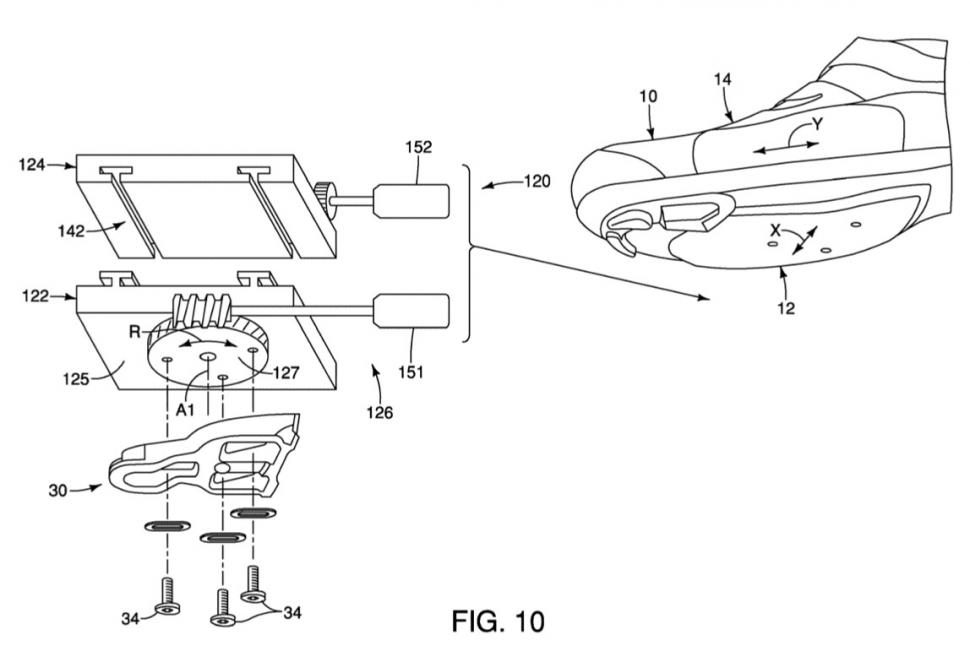
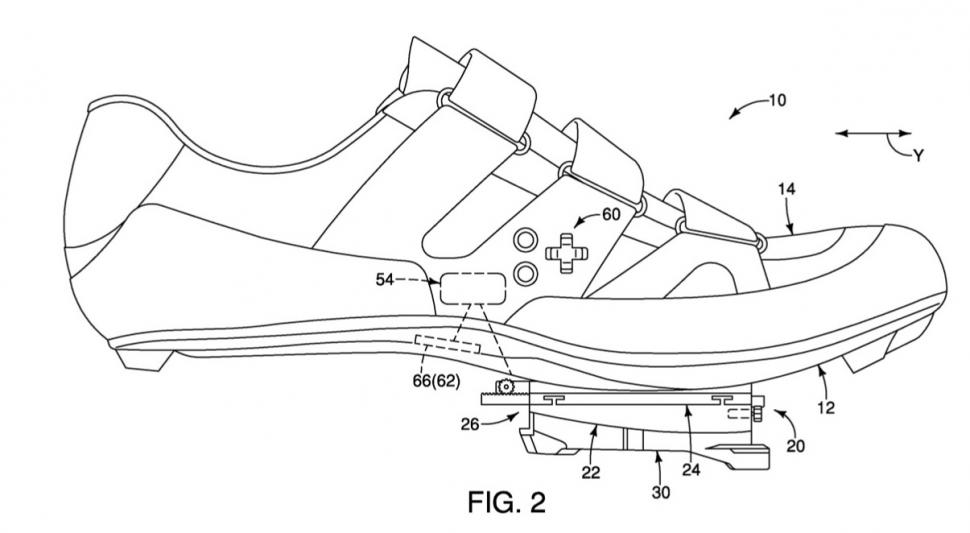
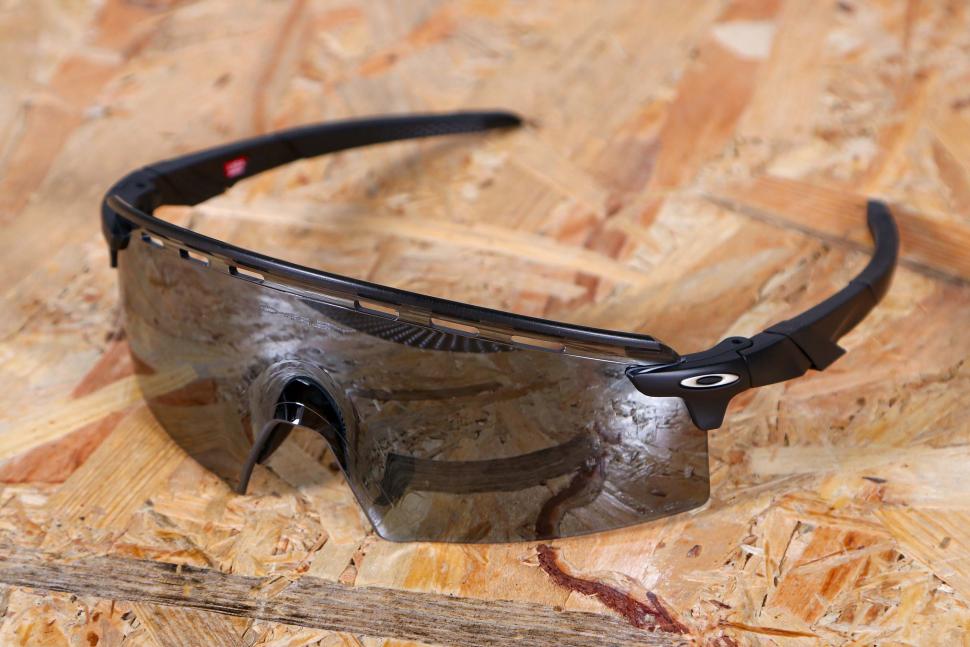
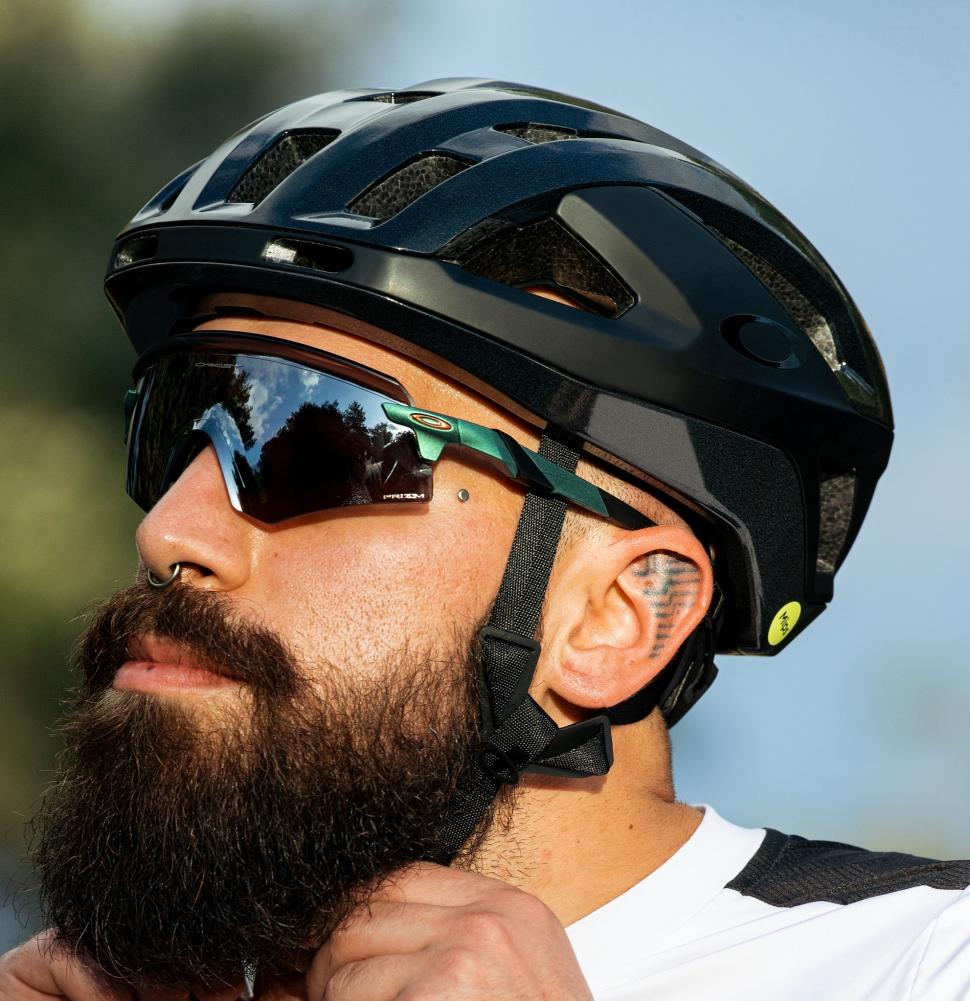
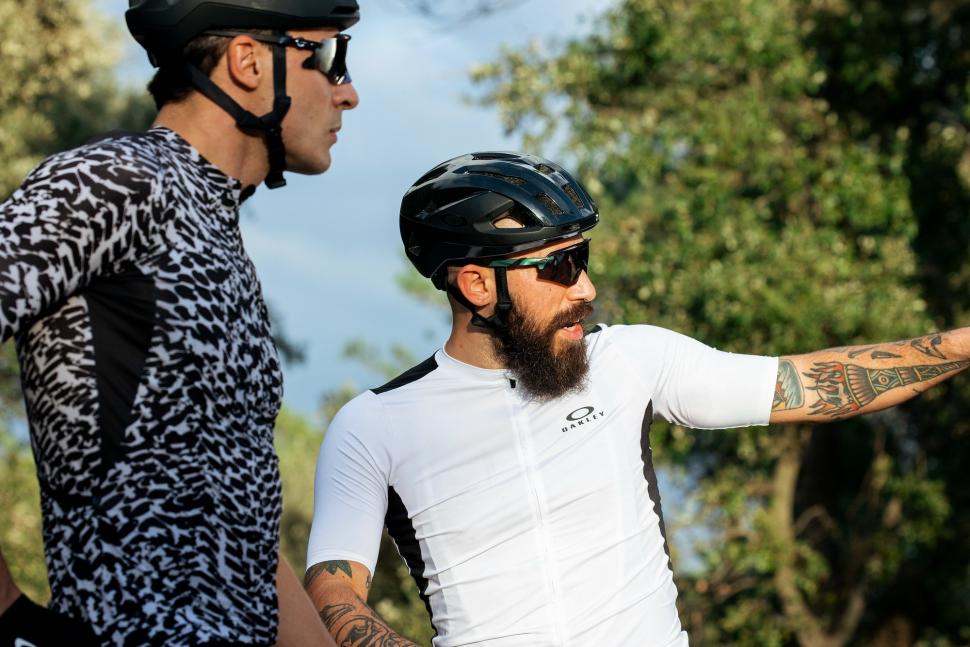
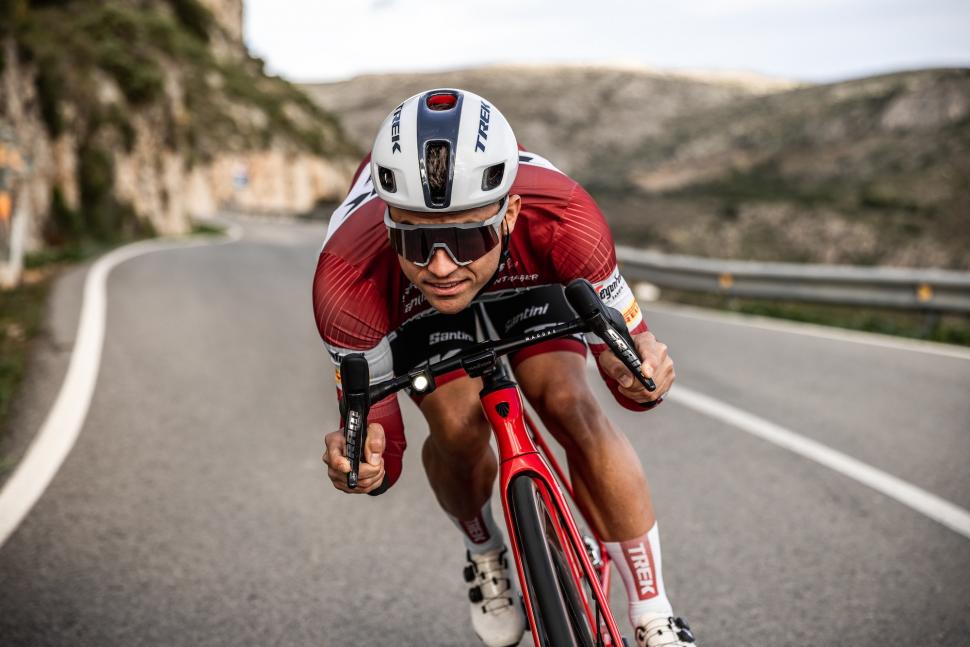
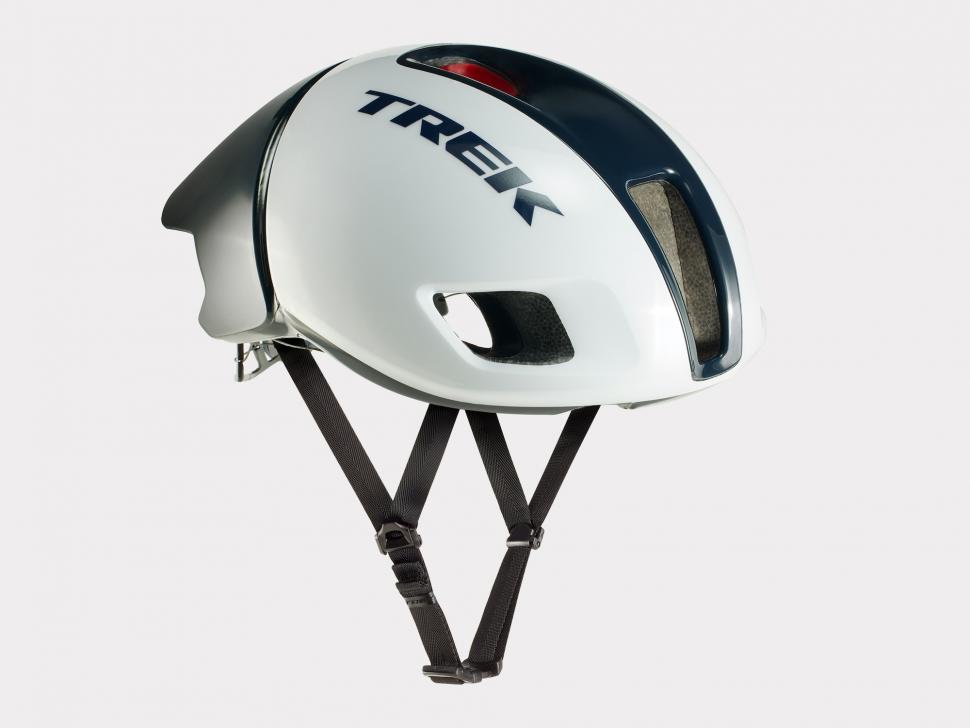
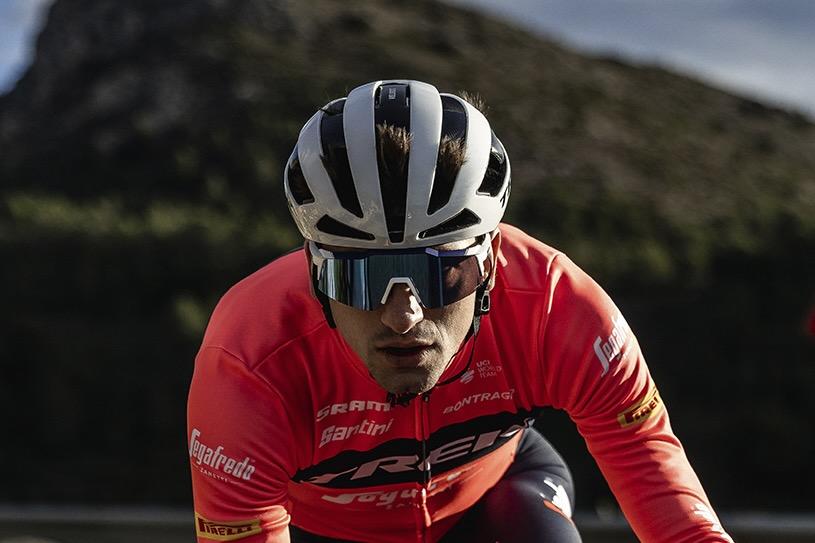




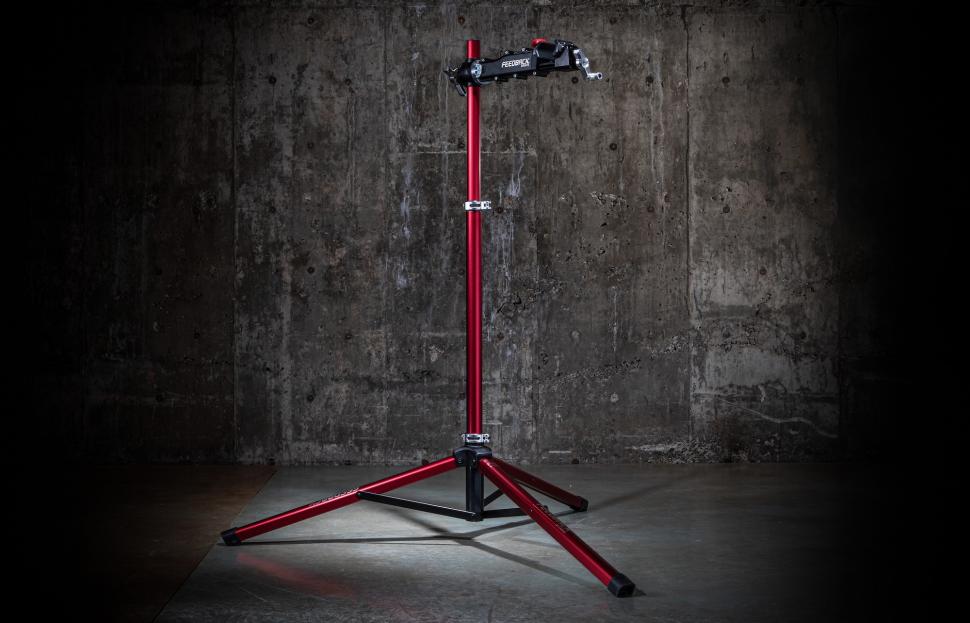

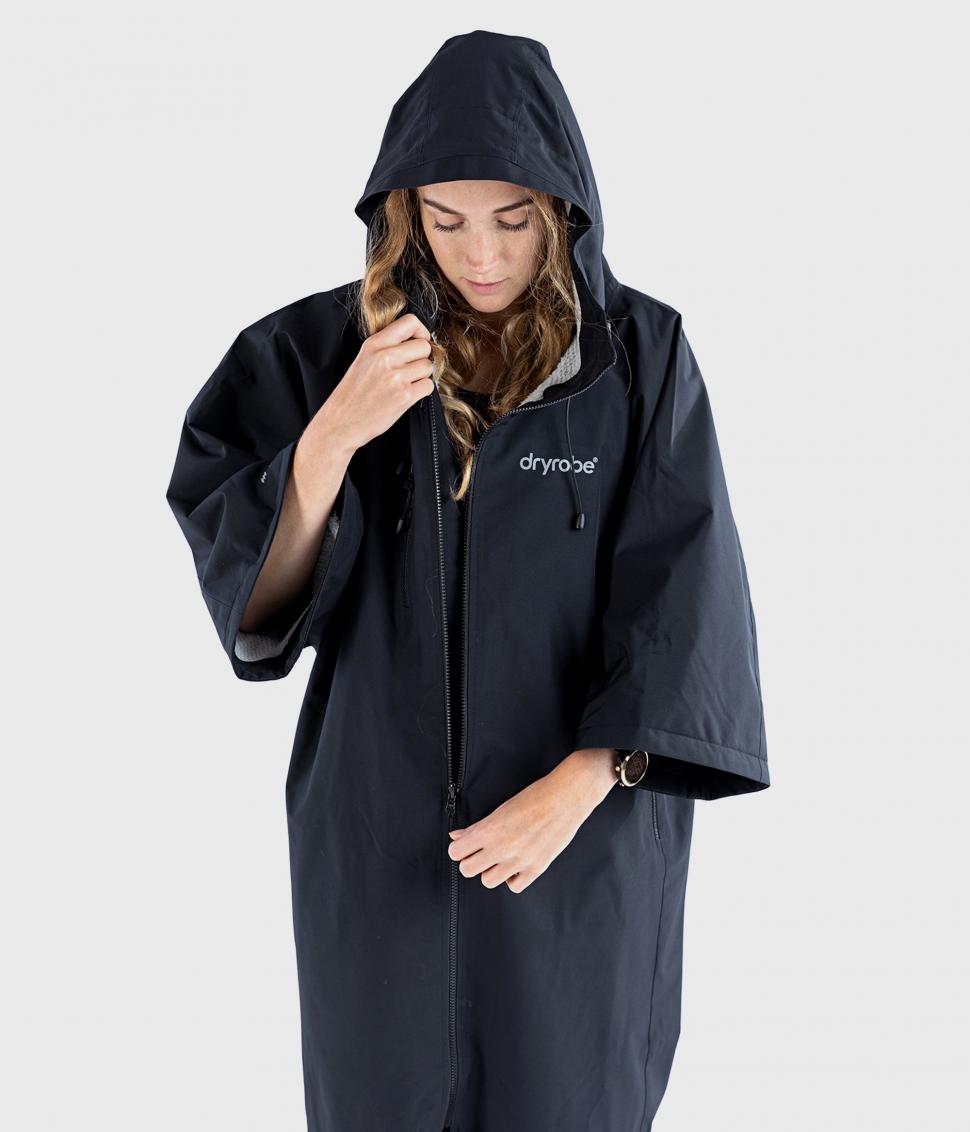
Add new comment
8 comments
Or you could use flat pedals and shoes and adjust your foot position as required at a fraction of the likely cost.
What?! 280 GBP for a wide-cut piece of recycled plastic? Get a heavy poncho for 15 GBP, same thing. Christ, time to raise taxes, people have too much disposable income.
A motorized shoe that moves your cleats around mid-ride might just be peak daft-bike-tech. Presumably the first generation will be wired to the main Di2 battery in your frame, so you have to remember to unhook yourself at cafe stops, or possibly change into some flip-flops to prevent damaging the electronics by walking on them. And when all the first adopters have bought that at some ridiculous cost, they'll come out with a wireless version for double the price. Then, naturally, a gravel-specific one.
Also, are you sure that Dryrobe is for triathletes? It looks like a Gore-Tex cloak for Jedi knights and Sith lords who want to do a bit of hiking on a drizzle planet.
Feedback Sports have put so much thought into their new, top of the range work stand that it still cannot be used on aero seat posts!! You couldn't make it up. I have the Pro Elite and whenever I have to work on my Giant Propel I have to use my £50 Amazon/PlanetX special that handles aero seatposts without problem.
I've always felt uneasy clamping on the seat post, just seems out of balance and always seemed like putting unnecessary stress on the component. Much prefer clamping on the top tube of the frame.
Both can lead to damage if over tightened, but a seatpost is generally much cheaper than a frame!
I suppose with me only having aluminium frames that I've never really thought of the damage that could be done to carbon frames...good point.
Some years ago, I bought a workstand and on collection I asked the bike shop whether it would be safe to clamp a carbon seatpost. "Of course" he replied, "how heavy are you?" "88kg" I answered. "Well, if the post is supporting you OK, it's definitely going to hold the bike."